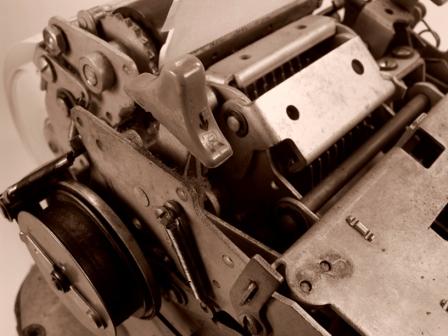Standards
Many UK BS standards are now BS EN implementations of European EN standards. In some cases these are, in their turn, implementations of ISO or IEC standards. To a large extent, EN standards are really the only standards worth bothering with these days, both for a UK, EU and international market. A type standards cover general principles. There are not very many of these. B type standards cover generic aspects of machinery safety, for example guarding, use of light curtains, electrical equipment, ladders and walkways. C type standards are for specific types of equipment. They make extensive reference to B type standards. There is now a very comprehensive range of EN standards, with specific C type standards covering many types of machinery. Generic B type standards cover pretty much all aspects of safety related machinery design for those products without C type standards. There are very many standards, both B and C type. Finding your way through the maze of standards and finding the ones which are relevant to you can be difficult and time consuming. Safemech has much experience of selecting and interpreting standards for a wide variety of machinery. We have a large library of standards and so can assist you with selecting the requirements and references which allow you to design a safe machine that meets current requirements. | |
|
Frequently Asked Questions
Q. Is compliance with standards mandatory?
A. No. Compliance with standards is not
mandatory, but they are a useful benchmark of what is considered good and acceptable practice. If your equipment
does not meet the requirements of relevant standards, you must be able to prepare an adequate justification of
why you think your approach is also acceptable.
Q.What is a harmonised standard?
A. Harmonised EN standards have a particular relationship
to CE marking, because compliance with the requirements of the standard gives a presumption of conformity with the
requirements of the Directive for which the standard is harmonised. The standards programme created to support CE
marking has produced an excellent body of standards. The standards are generally well cross referenced and well
written.
|
| |
 Standards are essentially recognised codes of best practice. They are issued by National
standards bodies such as BSI in UK, or ANSI in USA, but there is increasing international co-ordination
through CEN and CENELEC in the EU and through ISO and IEC internationally.
Standards are essentially recognised codes of best practice. They are issued by National
standards bodies such as BSI in UK, or ANSI in USA, but there is increasing international co-ordination
through CEN and CENELEC in the EU and through ISO and IEC internationally.